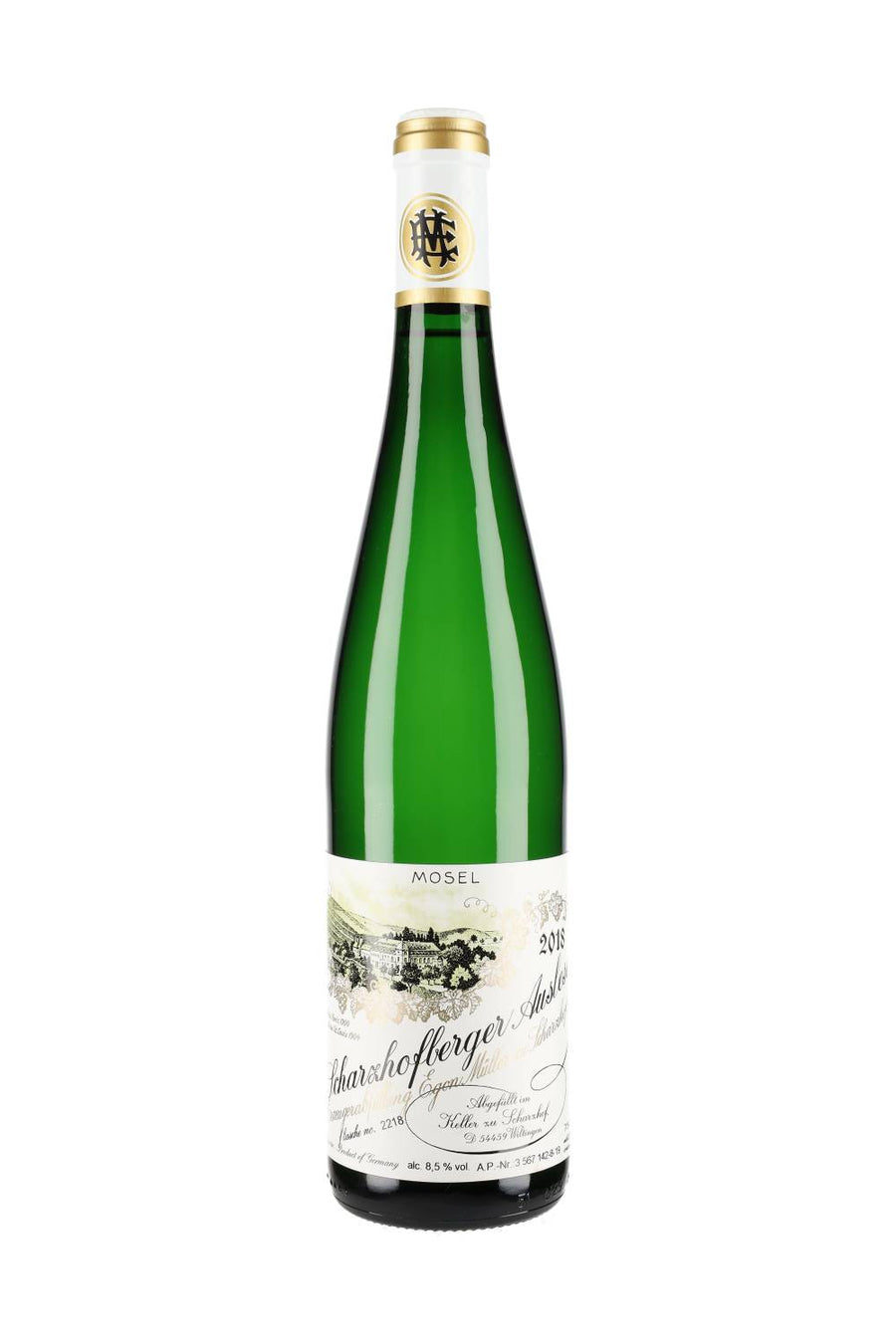
Germany
German wine has a rich and diverse heritage, with a winemaking tradition that dates back centuries. Germany is perhaps best known for its Riesling wines, which thrive in the country's cool climate and steep vineyard slopes along rivers like the Rhine, Mosel, and Nahe. These Rieslings are celebrated for their vibrant acidity, intense aromatics, and ability to express terroir.
Germany's wine classification system is unique, with terms like Kabinett, Spätlese, Auslese, Beerenauslese, Trockenbeerenauslese, and Eiswein indicating increasing levels of ripeness and sweetness in the grapes at harvest.
The country boasts several wine regions, including the Mosel, Rheingau, Pfalz, Nahe, and Baden, each with its own unique terroir, microclimate, and grape varieties. While Riesling dominates, Germany also produces wines from other grape varieties such as Müller-Thurgau, Silvaner, Grauburgunder (Pinot Gris), and Spätburgunder (Pinot Noir), the latter gaining international recognition for its quality.
German wine is famous for its sweet wines, particularly those made from botrytized grapes (Noble Rot), such as Beerenauslese and Trockenbeerenauslese, prized for their complexity and longevity.
In recent years, there has been a trend towards producing dry (trocken) styles of Riesling and other grape varieties to cater to changing consumer preferences. These dry German wines often showcase crisp acidity, minerality, and fruit purity.
One significant organization in the German wine industry is the Verband Deutscher Prädikatsweingüter (VDP), or the Association of German Prädikat Wine Estates. Founded in 1910, the VDP is a prestigious association of top-quality wine estates committed to producing wines of exceptional quality. VDP members adhere to strict quality standards and classification criteria, and their wines are often identified by the VDP eagle logo on the bottle. Membership in the VDP is highly esteemed, and it represents a commitment to excellence and tradition in German winemaking.




















